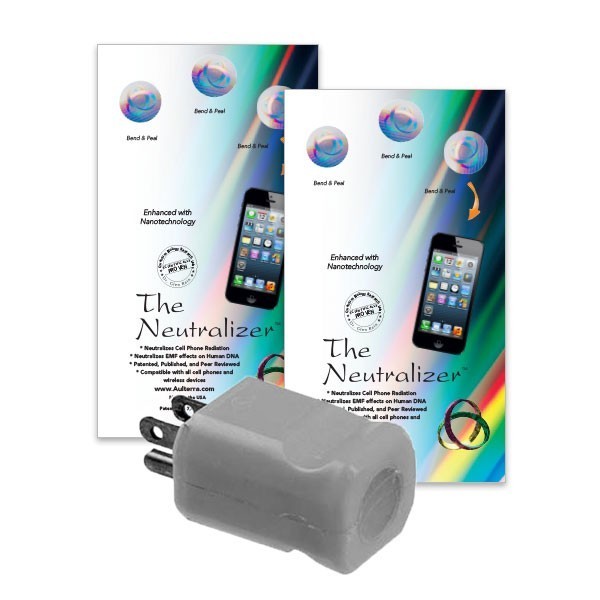Proof apparel is made to help you live, work, and play more comfortably. These items update your daily basics with the latest design techniques and fabrics for performance. When you're on the move or in downtown, you'll always be armed with the correct proof clothing to suit your needs. From sweatshirts to t-shirts you'll feel secure knowing you're covered.
Protection against microorganisms
The wearing of medical protective clothing is vital for medical professionals. It protects against three levels of microorganisms and is especially useful in operating rooms and infectious disease departments. It also comes with an antibacterial coating and ventilation to ensure that users user dry. Moreover, these protective garments are suitable for use in emergency situations such as disaster relief. They are designed to protect the body from contracting infection when in contact with a virus that could be transmitted.
Antibacterial clothing protects against bacterial and fungal pathogens, such as influenza viruses. It stops an increase in the number of bacteria and other microorganisms through biocidal and biostatic agents. Furthermore, the antibacterial fabric causes damage to the internal systems of pathogens, such as cells' membranes, DNA and protein. Furthermore, antiviral clothes are effective in preventing people from contracting the influenza virus, but it isn't able to slow spreading the disease because it is an airborne.

The latest advances in protective clothing have enabled to use reusable fabrics that eliminate pathogens. One innovative approach uses catalysts inside the fabric's cavities to kill bacteria and viruses. Additionally, a novel nanomaterial that is incorporated into textile fibers can destroy nerve agents. In emf proof , this material could be a good choice for protective clothing.
Protection from pesticides
Chemical-resistant clothing is one the best ways to safeguard yourself from dangers of pesticides and other chemicals. These clothes are made to guard you against the corrosive impacts that these substances can have. website can be worn over work coveralls or a PVC rainsuit.
The effectiveness of pesticide protection depends on the fabric type along with the finish. 100 cotton fabrics are the best choice. They do tend to be heavier. Other factors also affect the degree of protection. For example the presence of a repellent finish as well as the mass of the fabric can affect the penetration of pesticides. Further studies should be conducted to investigate the effectiveness in the use of clothing that is protective. In the meantime, the best way to make an informed decision is to read the label on the product.
Chemical-resistant gloves are also recommended. Certain pesticide labels require people to wear gloves. However, certain pesticides do not need them. The gloves must be water-proof and made of nitrile or some other chemical-resistant materials. They should extend enough in length that they protect the wrist. The latex gloves aren't chemically resistant Therefore, it is preferential to buy Nitrile gloves.
Protection from pickpockets
One of the best ways to protect yourself from pickpockets is to wear pickpocket-proof clothes. They have compartments hidden to keep your valuables safe. Many of them are zippered to prevent robbers from accessing your personal possessions.
Additionally, when you are wear clothing that is pickpocket proof, you should always be aware of the surroundings. Avoid crowds or unexpected interactions. If possible, never keep your valuables in a loose pocket. It is also advisable to keep your day bag against your chest. Some prefer to carry their day bags across their shoulders, however this can make you vulnerable to being targeted by thieves. Be aware of turnstiles on subways, as thieves can lurk behind them. Turning your back will permit a pickpocket to swiftly pick your pocket and run away. Be alert and aware at all times, so that you don't have to confront this kind of scenario.
If you are traveling to another country, always carry a crossbody bag. This allows you to keep an eye on your valuables. Be careful not to display your wealth by concealing your purse or other important items. Do not wear expensive jewelry when traveling as it implies that you've got important items in your bag.
Protection from chemical exposure
Chemical protective clothing should not only be durable but should also be comfortable. This outer coating is generally made of polyurethane foam and activated carbon. It is extremely resistant to chemicals that are lab-grade and offers strong toughness. This middle layer composed of cotton, which provides comfort and absorbency. The outer layer is finished with a water-repellent chemical, such as NUVA HPU.
The occupational exposure levels for chemicals are listed on safety data sheets (SDSs). The SDS will provide employees with information about the risk posed by the chemical. The term "skin notation" next to an occupational exposure level means that the chemical could enter the skin and cause intoxication or cancer, as well as other adverse reactions. These sheets will also give guidelines for the use of protective clothing. Laws of member states as well as European directives address the protection of workers from chemical agents at work.
Choosing the right protective clothing is vital for each employee. The first step is to wear gloves. Chemical exposure can cause damage to the hands, arms as well as other parts of the body. Based on 5g proof clothing of job, workers are more likely spill chemicals on their hands.
